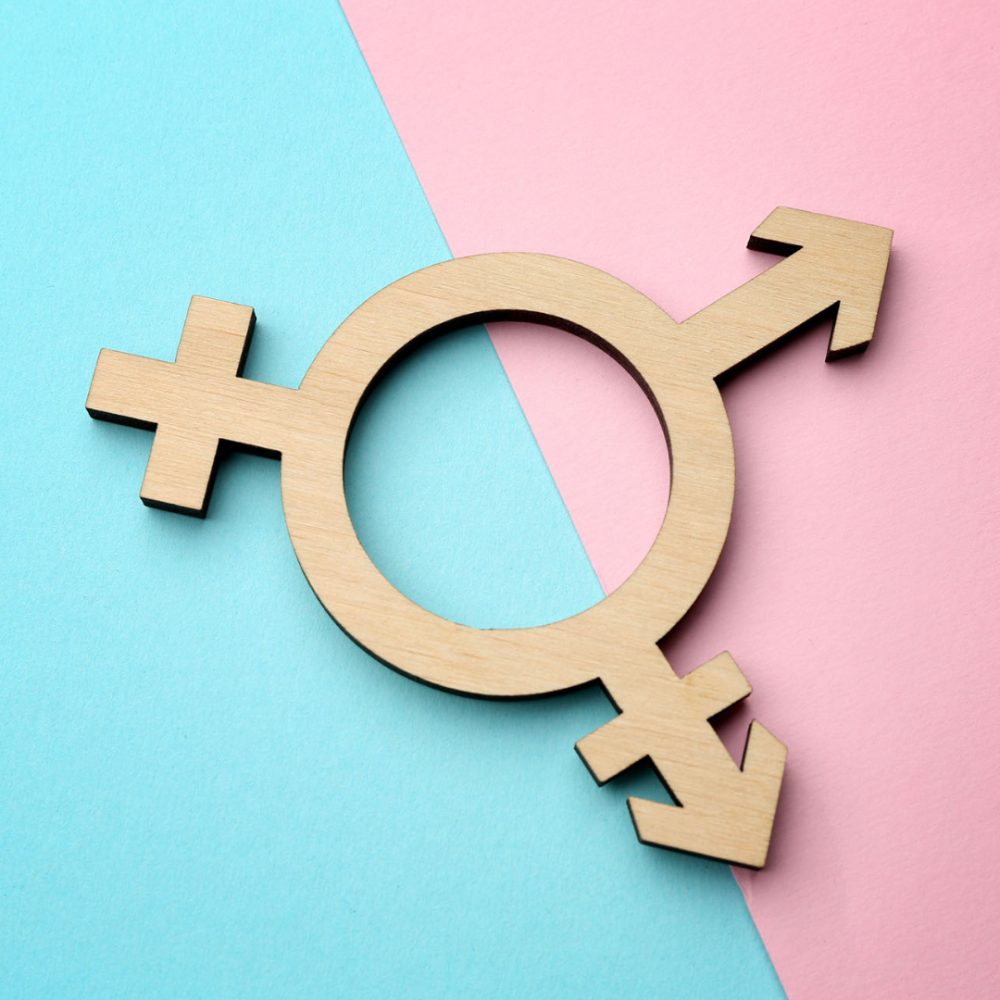PROGRAMS
GET INVOLVED
SUPPORT OUR MISSION

An umbrella term for people whose gender identity and/or expression is different from cultural expectations based on the sex they were assigned at birth. Being transgender does not imply any specific sexual orientation. Therefore, transgender people may identify as straight, gay, lesbian, bisexual, etc.
The process by which some people strive to more closely align their internal knowledge of gender with its outward appearance. Some people socially transition, whereby they might begin dressing, using names and pronouns and/or be socially recognized as another gender. Others undergo physical transitions in which they modify their bodies through medical interventions.
Clinically significant distress caused when a person's assigned birth gender is not the same as the one with which they identify.
Learn more at www.hrc.org
Ask yourself how many times someone has used your name or a pronoun to refer to you today. Now imagine that your coworker, a family member, or a friend routinely calls you by the wrong pronoun. That would be hard. This is why using a person’s chosen name and pronouns is essential to affirming their identity and showing basic respect. The experience of being mis-gendered can be uncomfortable and hurtful
Use gender-neutral language like “partner” and “spouse” rather than “boyfriend/husband” or “girlfriend/wife” when discussing relationships. This helps avoid making any assumptions about the gender of a person’s significant other. Remember that now that marriage equality is the law of the land, a person’s “spouse” may be someone of their same gender.
If you make a mistake, apologize concisely and move on.


